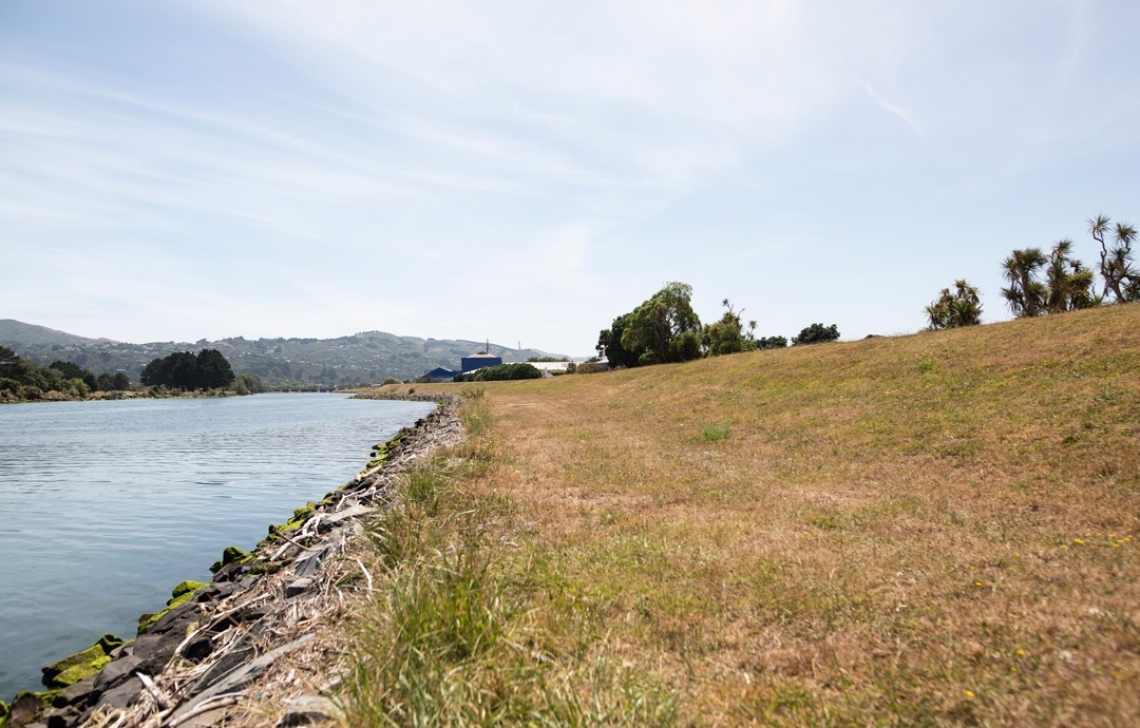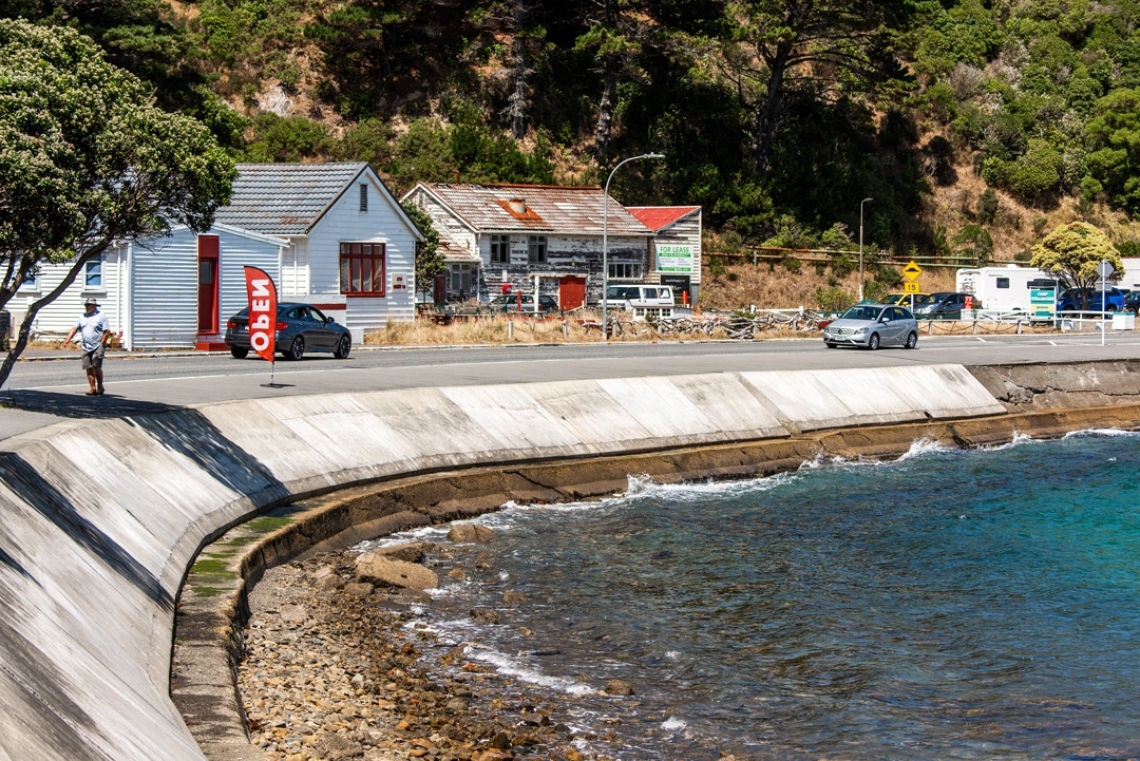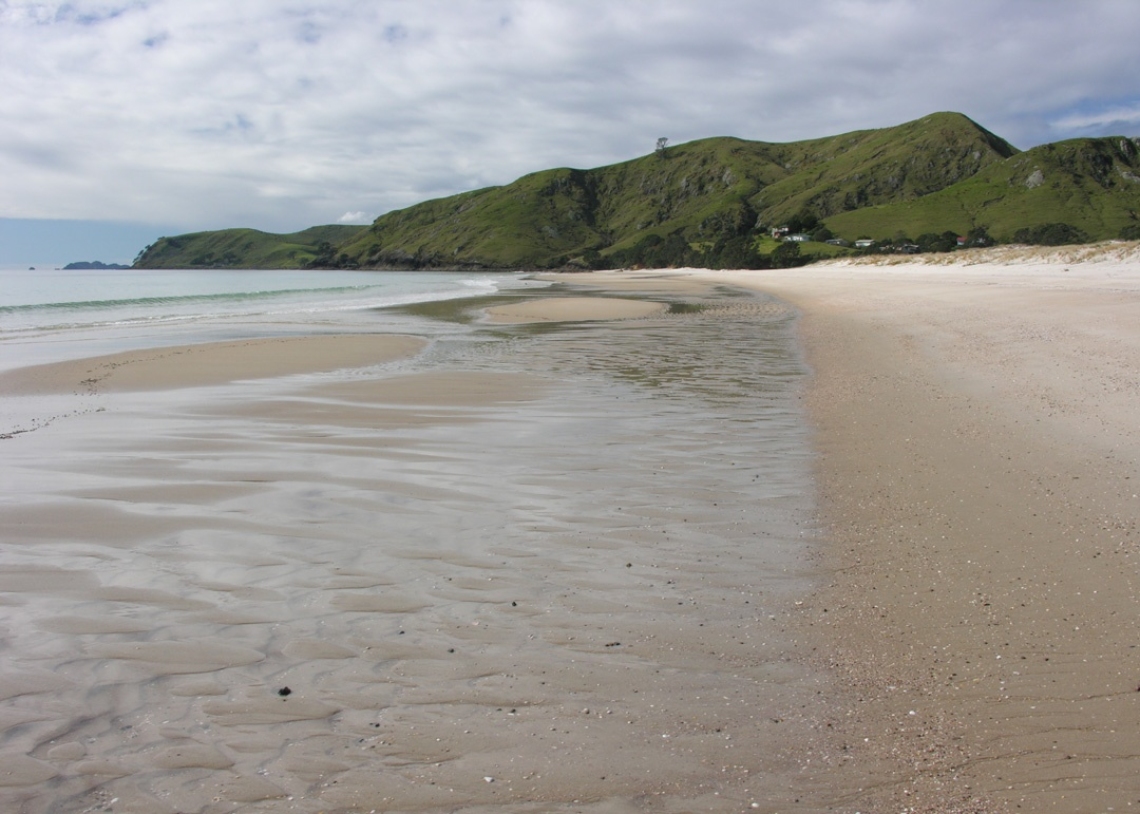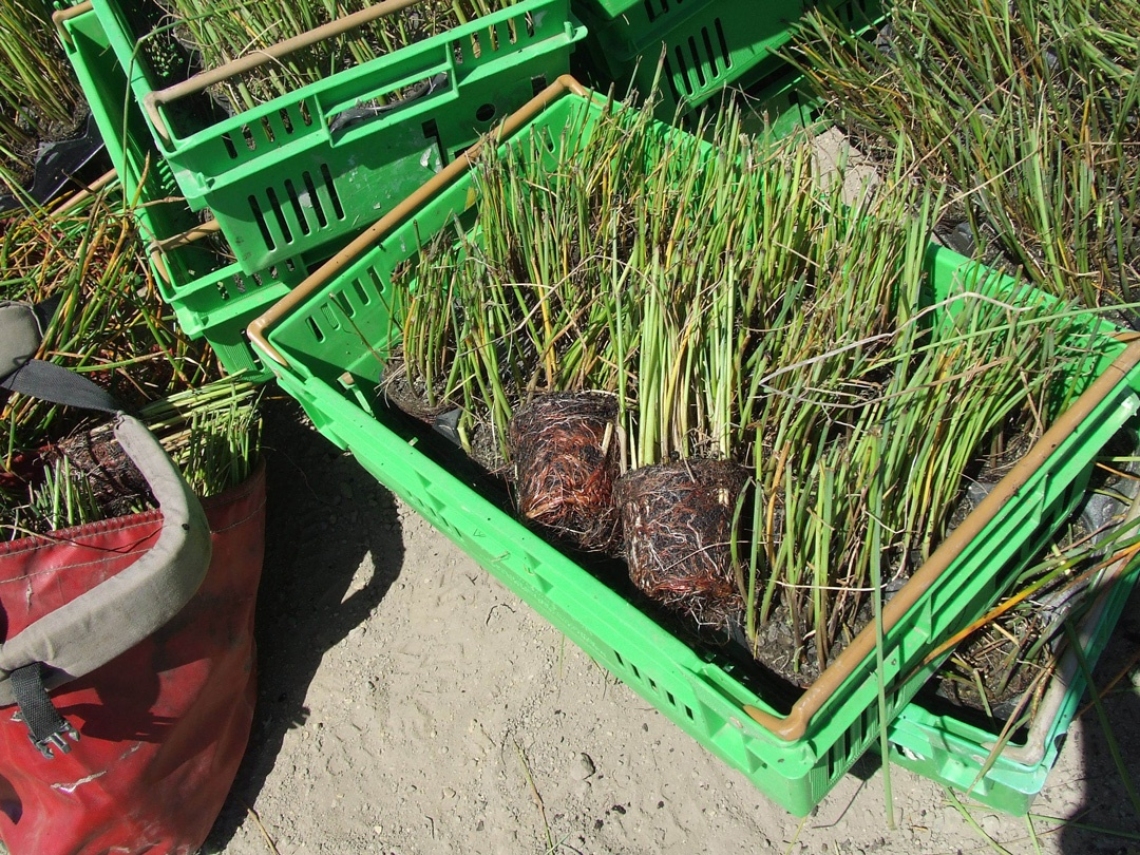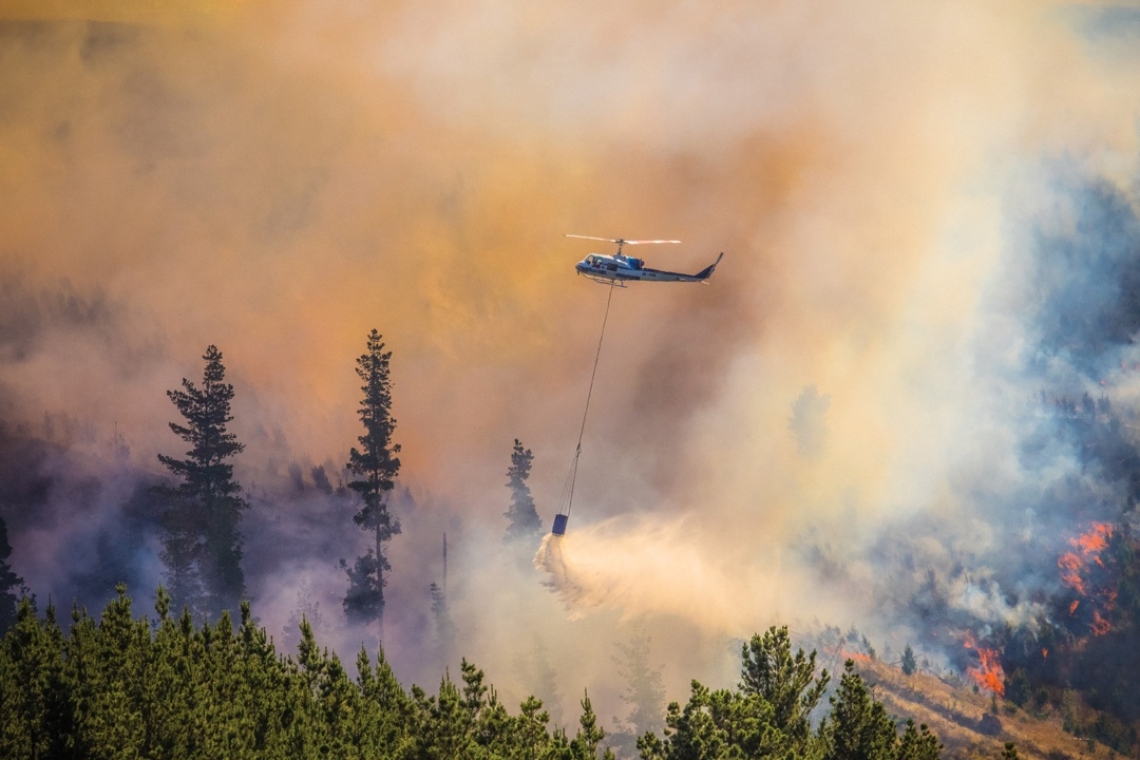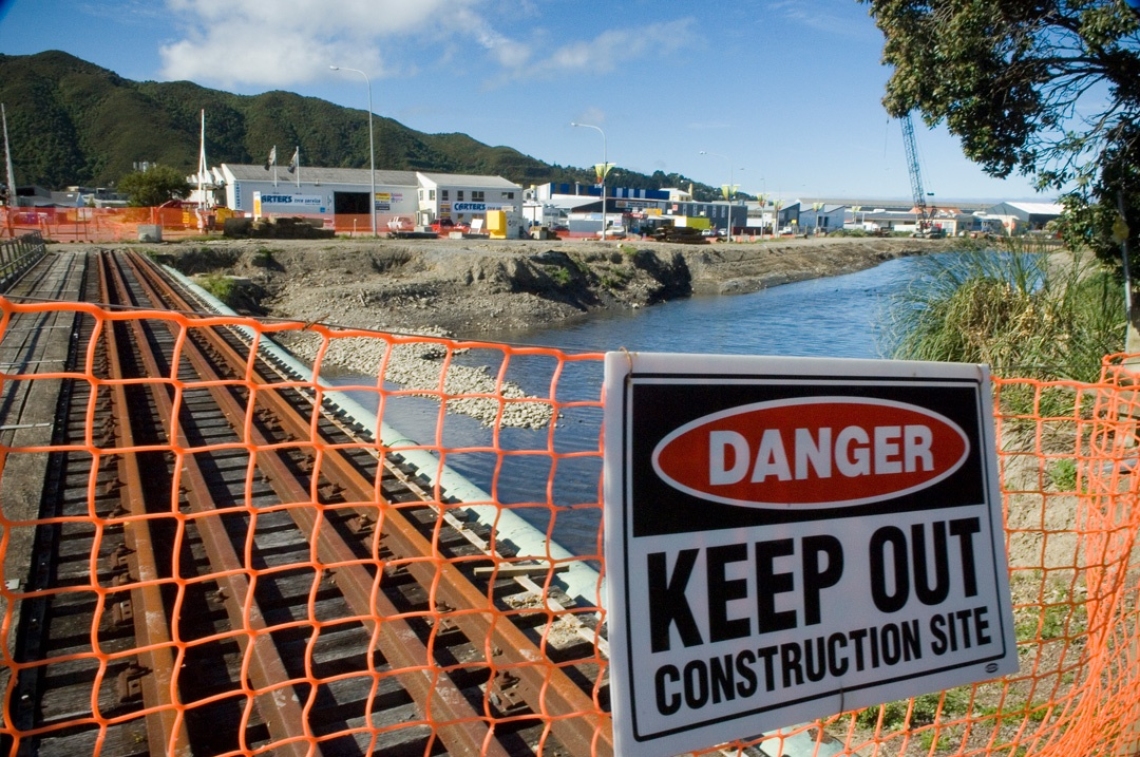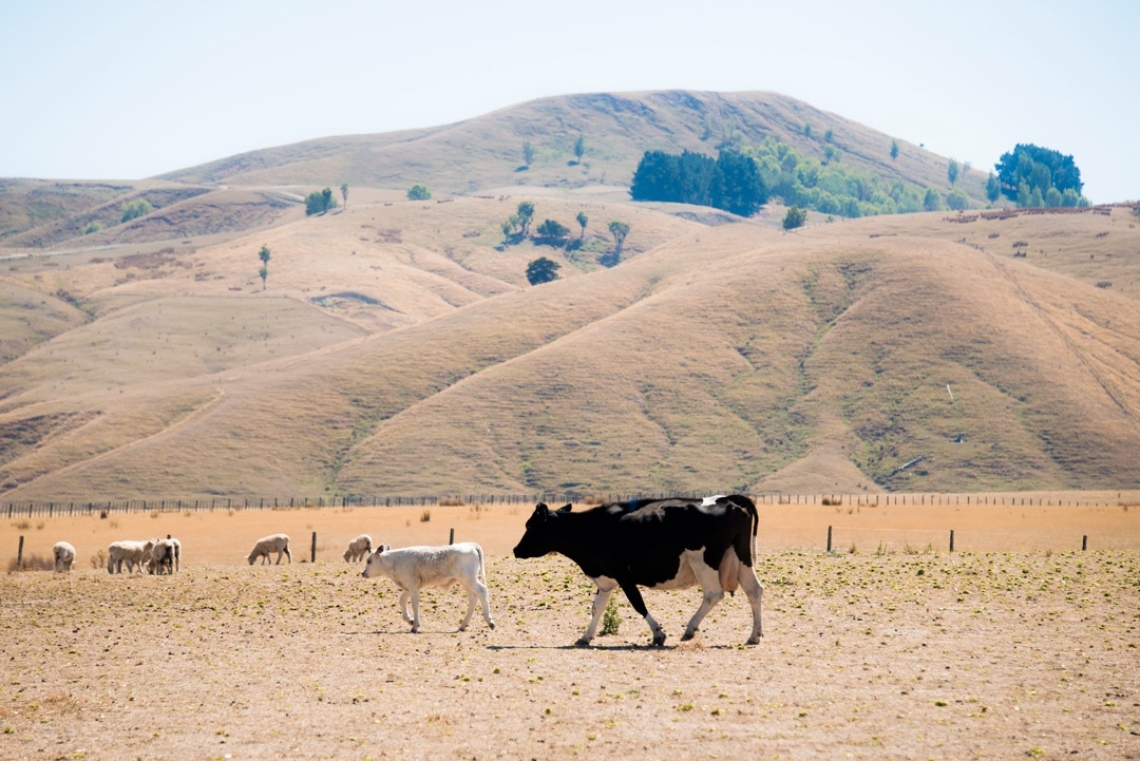Today there are many options available to you, your whānau or community to adapt to things like the rising sea levels, heavier downpours or drier summers that climate change may bring.
You will need to think about how you combine and time your choices, often referred to as ‘pathways’. And it is important to consider the limits of any option. For instance, a sea wall may protect a coastal area for a certain number of years but may no longer offer protection as the sea level gets higher and storms become more severe further in the future.
What matters most to you and your community is important – these are the things you will try hardest to protect. You may be more willing to make compromises around the things that matter less.
Below is a list of some of the most common climate change adaptation options used in New Zealand - how they work, when they work best and when they don’t work.
NIWA has been working on serious games to demonstrate climate change adaptation decision making. Learn more: Adaptive futures: a serious game for climate change adaptation.
What choices do I have?
Below are some of the most commonly used adaptation strategies in New Zealand, however it is not a complete list. Different options will work for different communities and thinking creatively about opportunities where you live, work and go to school will help you identify new adaptation innovations as they arise:
Stopbank
An earth embankment built to contain rivers and streams in flood. Stopbanks protect many NZ towns, cities and farm land from floodwater damage.
| Advantages | Disadvantages |
|---|---|
| A stopbank will keep a flooded waterway away from the assets being protected (housing, roading, farmland etc.) | Stopbanks are only as strong as their weakest point so protecting them from damage is vital. Regular checks and maintenance need to be budgeted for. If a stopbank fails or is overtopped there is a high risk of major flooding damage. Stopbanks are a barrier to access and views of waterways and can reduce connectivity between the waterway and other ecosystems like wetlands. Limits An increasing frequency and level of flooding puts pressure on the stopbank. Maintenance and repair could eventually become unaffordable or ineffective. |
Seawall
An engineered wall to contain the ocean. Seawalls protect many New Zealand coastal towns and cities from seawater encroachment as a result of sea level rise, storm surges and waves at high tide.
| Advantages | Disadvantages |
|---|---|
| Seawalls stop erosion of the land immediately behind the beach. They protect all properties, business and infrastructure (roads etc) behind the wall. | Sea walls impact the width and appearance of the beach. Beach use is lost in favour of protecting homes, businesses, community assets and infrastructure (roads, drains etc). There remains a risk of major storms overtopping the wall and flooding the area behind it. Repairs after storms and on-going maintenance will be required. Limits Seawalls can fail causing flooding and erosion issues behind the wall. As the sea level rises further over time the risk of the seawall being overtopped will increase. |
Beach renourishment
Adding sand or gravel to the beach to replace that which was lost through erosion.
| Advantages | Disadvantages |
|---|---|
| A natural solution which keeps the beach the same as it is today. | Suitable sand or gravel must be sourced from elsewhere – usually from local sand or gravel mines or harbour dredging. There is an ongoing maintenance cost - sand that is eroded during storms needs to be replaced. Limits It is not a permanent solution as ongoing replacement of sand is required. Renourishment will work for only a short period of time - if the sea level continues to rise, the beach will eventually become permanently inundated or under water. |
Water storage and efficient use of water
On-site water capture and re-use (urban and industry) e.g. rainwater tanks, water storage ponds.
| Advantages | Disadvantages |
|---|---|
| Divert less water direct to stormwater and other infrastructure, reducing the need for expensive infrastructure upgrades. Reduced demand on public drinking water supplies. Reduced water charges/rates. Water storage ensures water is still available in times of restriction. | Cost to fit-out and ongoing maintenance. Limits Will only collect a small percentage of the total rainfall. May not be enough storage capacity to cope with prolonged droughts. |
Maintain and restore habit
Maintain and restore habitat e.g. restoring wetlands, planting trees.
| Advantages | Disadvantages |
|---|---|
| Reduces flooding, processes contaminant runoff, supports biodiversity. | Cost to implement and maintain. Limits Climate may change enough that these habitats will no longer thrive in your area. |
Planning for adverse events
Developing a response plan and preparedness kit for hazardous events such as storms, droughts and wildfires.
| Advantages | Disadvantages |
|---|---|
| Allows for an adequate fast response to adverse events. Reduces harm from the hazardous event. | Time to plan. Need to review regularly to ensure plans remain fit-for-purpose. |
Redesign e.g. build or adapt climate ready housing/infrastructure
Adapting existing assets for hazards e.g. raising floor levels to reduce flooding.
| Advantages | Disadvantages |
|---|---|
| Retrofitting (adding or changing something after it is first built) is often less expensive than replacing. Less disruption than relocating. | Cost to implement. Limits Redesign options are often not permanent solutions |
Relocate e.g. move buildings/infrastructure, sell and move to area with less hazards
Moving away from a hazard source permanently.
| Advantages | Disadvantages |
|---|---|
| Relocating people, buildings, infrastructure such as roads or water pipes and other assets away from the coast, further inland and/or to higher elevations means they are no longer impacted by sea-level rise and coastal erosion. Relocation of communities also provides opportunities to improve how a town functions e.g. adding new parks and playgrounds or creating new town centres with additional facilities that are easier to walk around. | Relocation is usually disruptive because it involves re-organising the community and moving homes, business, roads, community assets and infra-structure. Relocation costs can be very high. People may have cultural connections to a place (e.g. waahi tapu) which may make relocation very distressing. Limits None. Well planned relocation is a permanent/long term solution to the hazards of climate change. |
Change land use (crops, grass species)
Stay in place but find more climate appropriate activities/crops e.g. growing pest resilient crops or changing to crops better suited to a warming climate, such as tropical grass species on drought prone pastural farms.
| Advantages | Disadvantages |
|---|---|
| You can continue to live and work in the same community/area and there are opportunities to grow higher-value crops that may not currently be viable. | Time to learn new skills and build expertise, and cost associated with replanting long-lived crops (e.g. fruit trees). Time needed to find and build relationships with new people/businesses to sell to. Costs can be relatively high. Limits Each strategy may have limits as if climate change effects continue to increase. |

